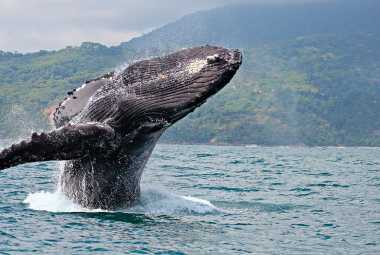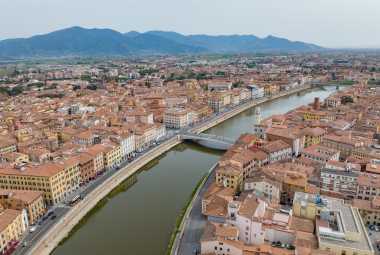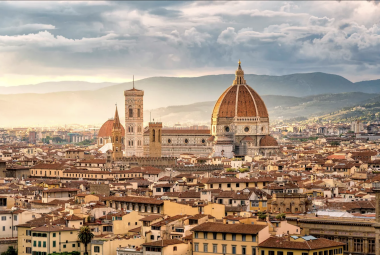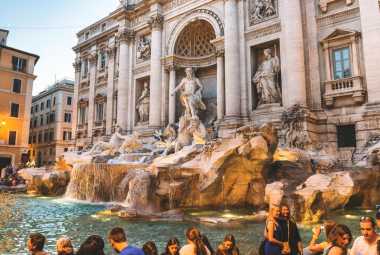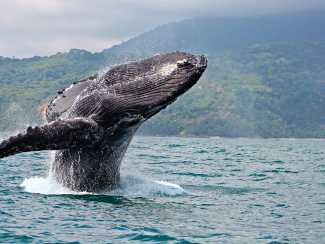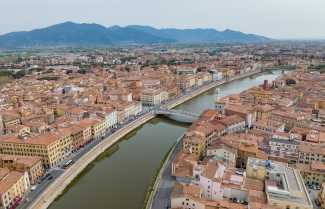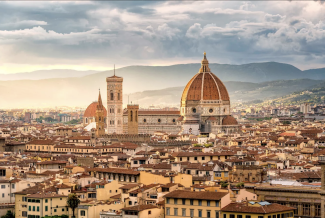Malta is a southern European island country in the central Mediterranean Sea, officially known as the Republic of Malta.
Malta is 284 kilometres east of Tunisia, 333 kilometres north of Libya, and 80 kilometres south of Italy. 35.8997° N, 14.5172° E are the country's latitude and longitude.
The country's overall area is 316 kilometres squared (122 sq mi). Malta is one of the world's smallest and most densely inhabited island countries, with an area of around 300 square kilometres.
Throughout its long and turbulent history, the archipelago - a small but strategically important group of islands - has played a crucial role in the struggles of a succession of powers for hegemony in the Mediterranean, as well as in the interplay between emerging Europe and the older cultures of Africa and the Middle East.
Maltese civilization has been shaped by centuries of foreign control by numerous nations, including the Romans, Normans, British, Greeks, Arabs, Swabians, Phoenicians, Hospitallers, Arabs, Normans, Sicilians, Swabians, Aragonese, and French.
Valletta, a city steeped in history and events, is the capital of Malta.
Malta is a small country with plenty of sights to explore. It has a long and rich past, and it is currently evolving to become a very multicultural society. This place is notable for its architecture and is well worth a visit.
Geologically, Malta is home to the world's oldest free-standing structures and is the product of the elevation of sedimentary strata between Sicily and North Africa. The archipelago has attracted many film projects due to the spectacular landscape of the cliffs.
The Characteristics of the Island
The primary physical feature of Malta is a well-defined escarpment that runs the length of the island from Point ir-Raħeb near Fomm ir-Riħ Bay to the coast northeast of Għargħur at Madliena Fort, bisecting it along the Victoria Lines Fault.
The highest sections are coralline limestone uplands that form a triangle plateau; the highest point is Ta'Żuta, which rises to 830 feet (253 metres) in the southwest. Between the original beach and the sea where the coralline plateau has fallen, the slope of blue clay divides the highlands from the adjacent areas, while an undercliff region forms a subordinate surface between the sea and the original beach. Moreover, it has a total coastline of 136 kilometres (219 km).
The escarpment in northern Malta is occasionally sharp and is broken by the deep embayments.
To the south, however, the plateau gradually declines from about 600 to 830 feet (180 to 250 metres) into sloping sections of globigerina (produced from marine protozoa) limestone with elevations of less than 300 feet (90 metres). The undercliff area and deeply incised valleys dominate the western area, while multiple valley systems drop to the central plains in the east.
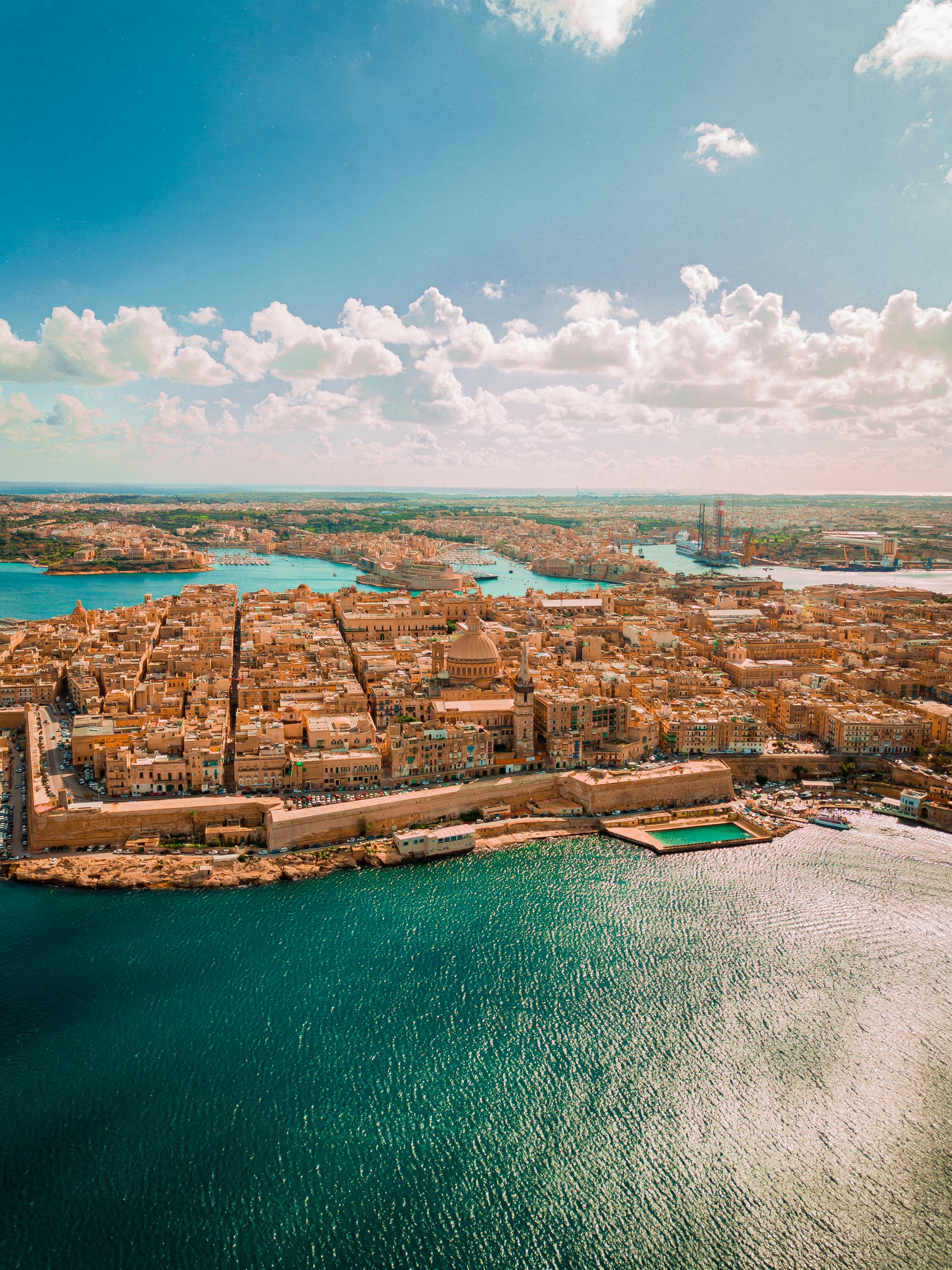
Malta's west coast has a high, dramatic, and often harborless character. However, a ridge of high terrain known as Mount Sceberras, on which Valletta, Malta's capital, is constructed, separates Marsamxett Harbour and Grand Harbour to the east.
Malta has been tilted in a northerly direction due to tectonic activity, resulting in cliffs up to 800 feet (250 metres) high on the south and southwestern coasts, and the rocky shores and low cliffs on the eastern and northern coasts.
The Climate of the Island
Malta has a Mediterranean climate with hot and dry summers, warm and sporadically wet autumns, and short, cool winters with sufficient rainfall.
Between October and March, more than three-quarters of the total annual rainfall of around 22 inches (550 mm) occurs; June, July, and August are often dry. The yearly average temperature is in the mid-60s F (around 19 °C), with monthly averages ranging from the mid-50s F (about 12 °C) to the mid-80s F (about 29 °C).
Winds can be powerful and frequent where the chilly northwesterly (majjistral), dry northeasterly (grigal), and hot and humid southeasterly are the most common. The relative humidity is rarely under 40%.
The Ethnic Aspect

The population of Malta is entirely made up of ethnic Maltese, descendants of historic Phoenicians and Carthaginians, as well as Italians and other Mediterranean communities.
Attempts to create a unified Maltese ethnicity date back to the late 13th century, and these efforts were consolidated in the late nineteenth and early twentieth-century nationalist discourse. Moreover, on the islands, there are small communities of British nationals, Sindhis, Palestinians, and Greeks, in addition to the Maltese.
Since the 1990s, influxes of more temporary but no less important groups have arrived from North Africa and the Balkans, as well as from Sub-Saharan Africa in the early 2000s.
The Language of the People
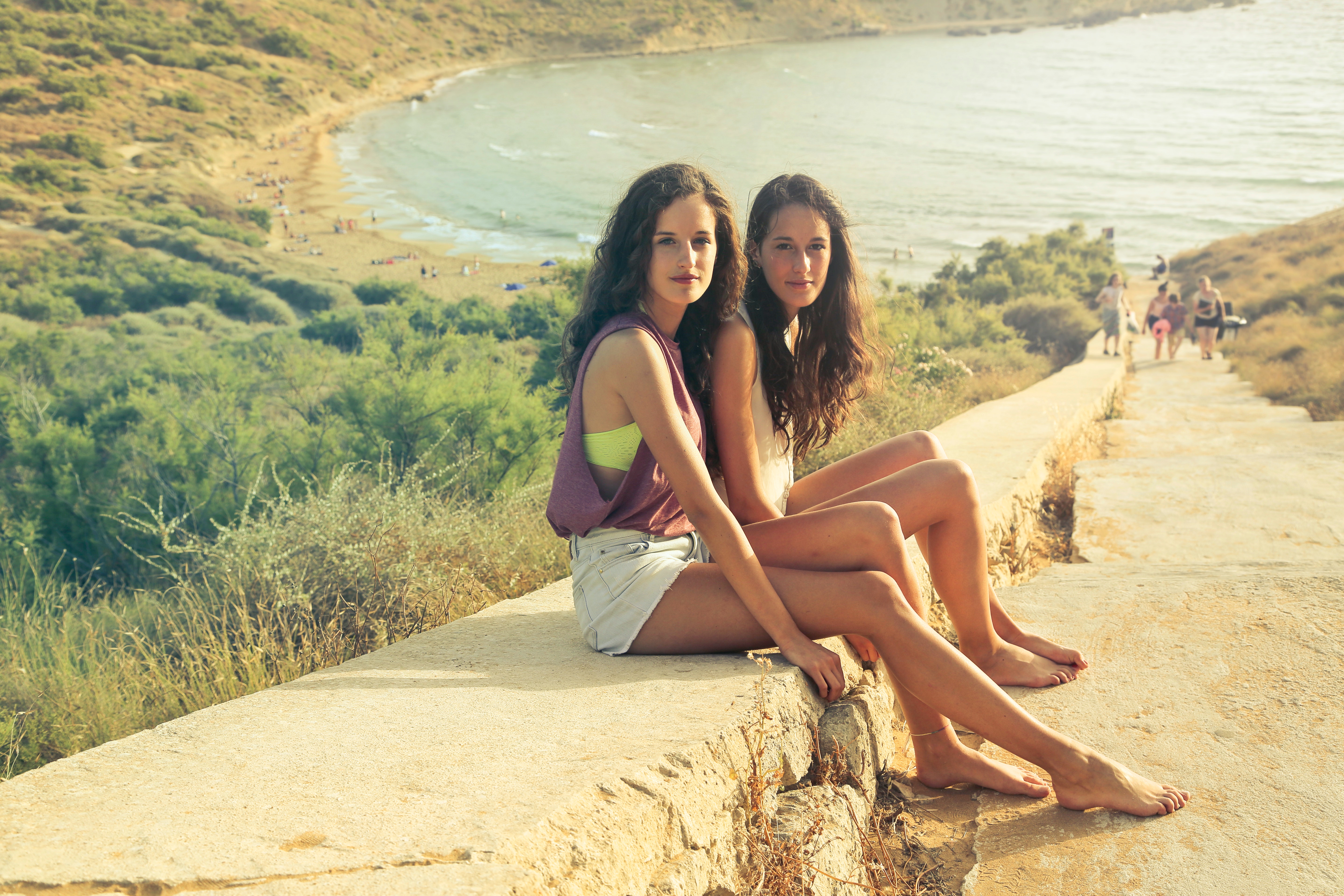
Malta's official languages are Maltese and English, as well as the EU's official languages.
Maltese developed from the confluence of North African Arabic and a Sicilian dialect of Italian. It is the only Semitic language that uses the Latin script as its official writing system. In schools, English is used as a medium of instruction. Italian was the official language of the government and the church until 1934, and a large section of the population still speaks it.
Malta's Resources
Malta's natural resources are limited, and the only mineral resource exploited is limestone, which is quarried and used in construction.
Since the mid-1990s, offshore oil exploration has been underway, although no significant oil deposits have been located. All of Malta's energy is supplied by fossil fuels, which are imported.
Malta's cuisine
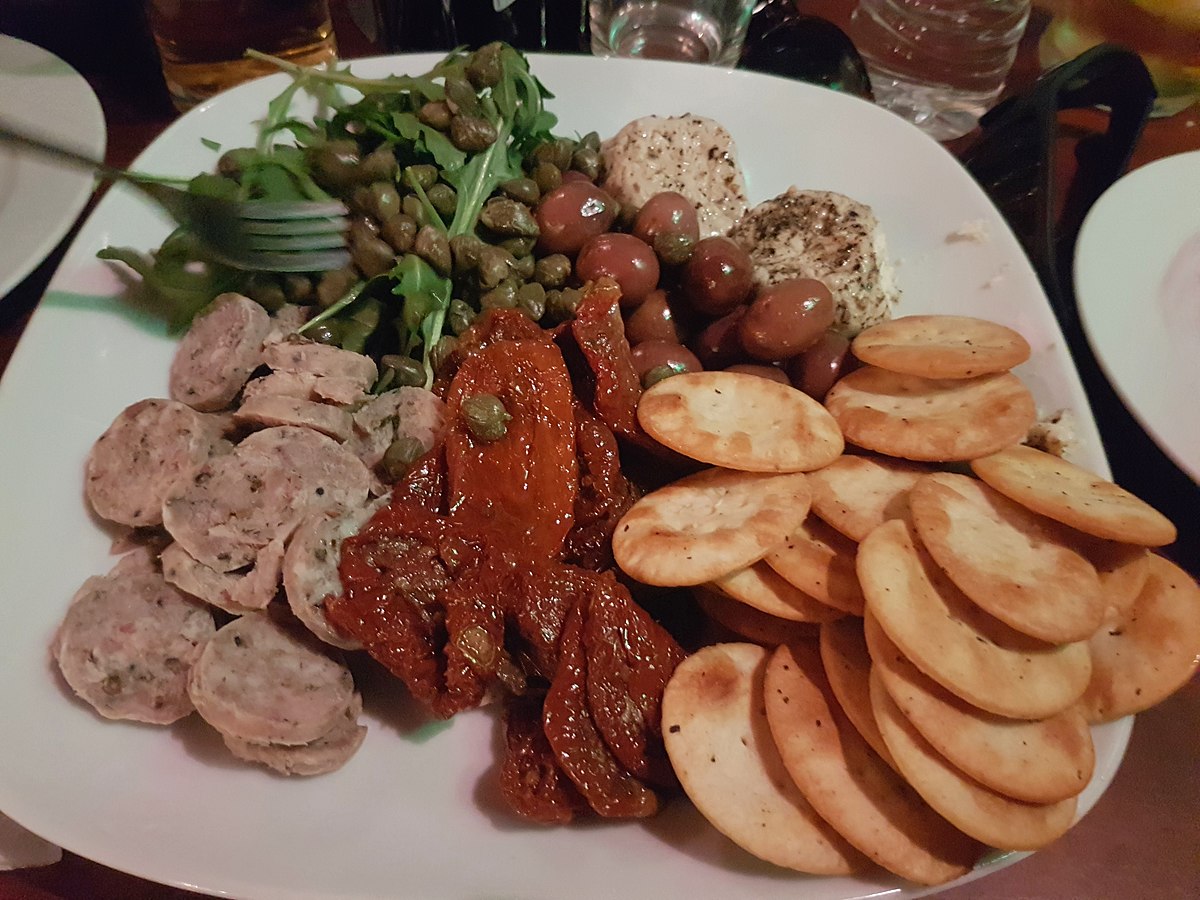
Malta's cuisine is of exceptional quality. As one might anticipate on an island, fish has served as the principal source of sustenance throughout history.
Traditional Maltese recipes, such as Maltese Rabbit Stew, Hobza biz zejt, Gbejniet, Maltese sausage, and others, practically never contain fish. Many of these can be ordered from a restaurant or purchased at a supermarket. The cuisine has also been influenced by the country's past; it's an intriguing mix of Mediterranean cuisine with a spice derived from the Arabic influence.
When it comes to vacation plans, don't trust anyone who says that you can see all of Malta in just a few days. Give yourself at least a week to explore this lovely, tiny place, especially if you want to see more than just the main island.


